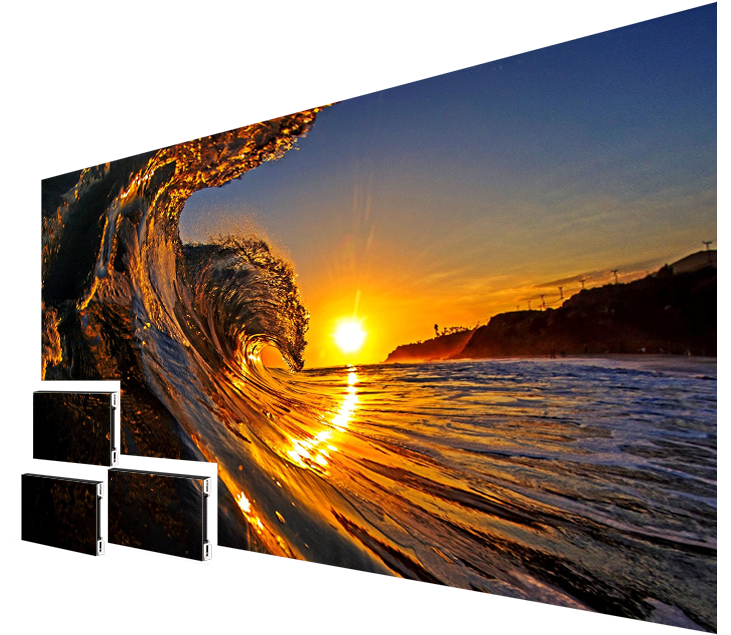Exploring The Way Resolution Affects the Performance and Aesthetic Quality of Light Emitting Diode Walls in Contemporary Exhibition Technology
Exploring The Way Resolution Affects the Performance and Aesthetic Quality of Light Emitting Diode Walls in Contemporary Exhibition Technology
Blog Article
LED walls are becoming more and more common in various settings, including musical events and athletic events to corporate presentations and creative exhibits. One of the key important factors that influence the performance and visual quality of these screens is image clarity. Resolution refers to the number of picture elements that compose the visual on the display. Higher resolution means additional picture elements, which can result in sharper and clear images. Understanding how resolution affects LED screens can help users make informed decisions about their display requirements.
When talking about image clarity, it is crucial to take into account pixel pitch, which is the distance between the center of one picture element to the midpoint of the following picture element. A reduced pixel pitch results in a higher image clarity, enabling additional detail in the images displayed. For instance, an LED screen with a picture pitch of 1.5mm will provide a clearer visual than one with a picture spacing of 3mm. This is particularly important in environments where viewers are near to the display, such as in a small venue or a trade event booth. In these cases, a higher resolution can significantly improve the observing quality.
Another aspect of resolution is its effect on hue precision and luminosity. LED screens with higher resolutions often have better hue rendering, meaning that the colors shown are increasingly lively and true to life. This is crucial for uses like marketing, where the goal is to attract interest and convey a message efficiently. Additionally, greater resolution displays can preserve luminosity levels even when seen from different angles. This is crucial in big locations where audiences may be positioned at different ranges and angles from the screen.
The performance of LED walls is also influenced by resolution in terms of refresh rates and response times. A higher resolution display can handle faster refresh rates, which is crucial for fast-moving material such as films and motion graphics. This indicates that the visuals on the display will appear smoother and increasingly seamless, enhancing the overall observing quality. In comparison, reduced image clarity screens may have difficulty with fast-moving content, leading to blurriness or lag. Therefore, for events that rely on high-energy visuals, choosing a screen with a suitable resolution is critical.
In conclusion, resolution plays a vital role in determining the performance and visual quality of LED screens. Elements such as picture spacing, hue precision, luminosity, update frequencies, and reaction durations all contribute to how effectively a display can convey information and capture audiences. As advancements these details continues to progress, grasping these factors will help users select the right LED wall for their specific needs, ensuring that they obtain the optimal potential outcomes in their presentations and events.